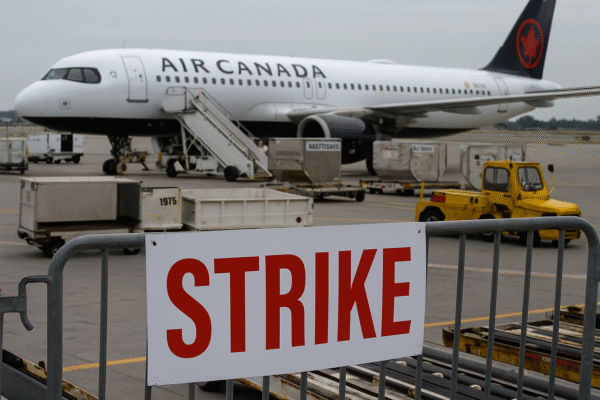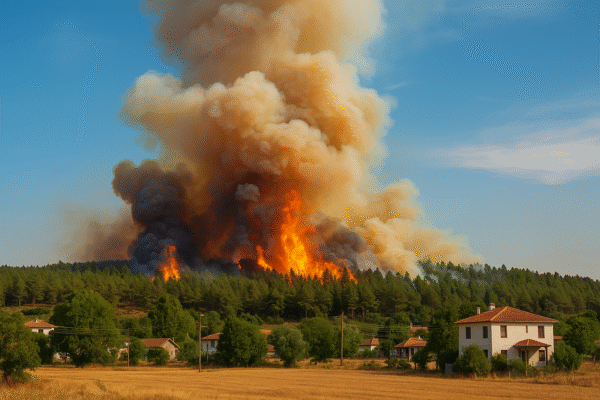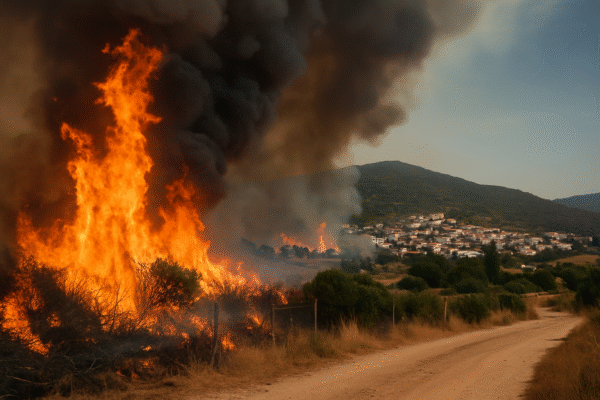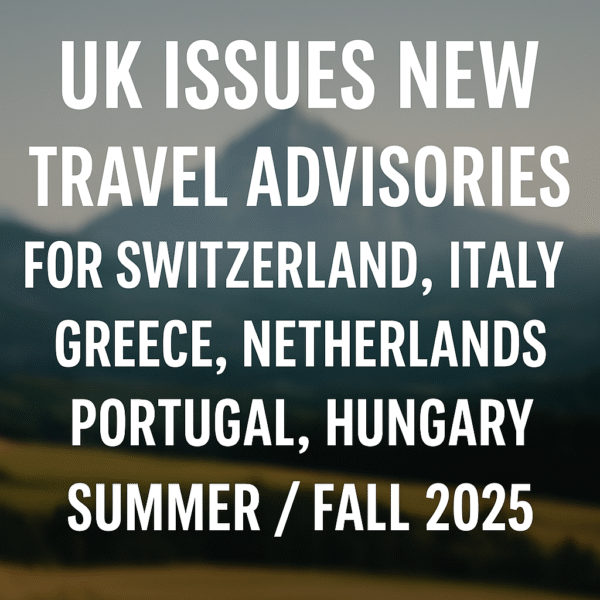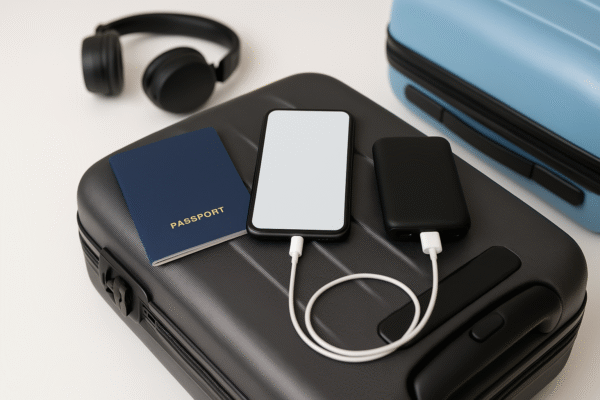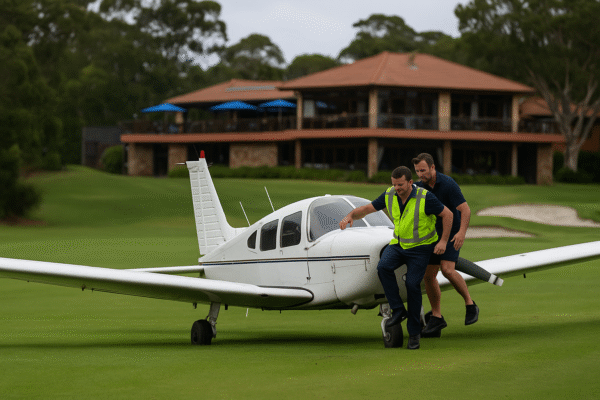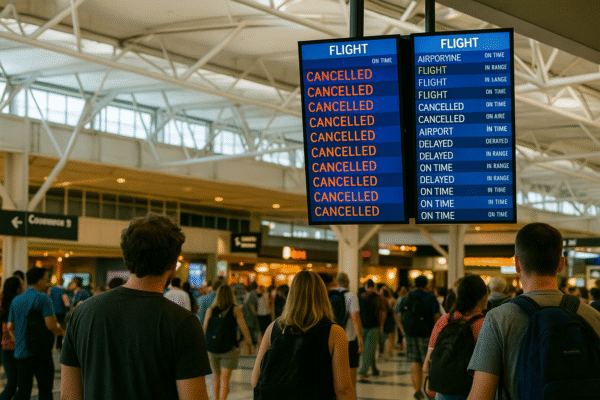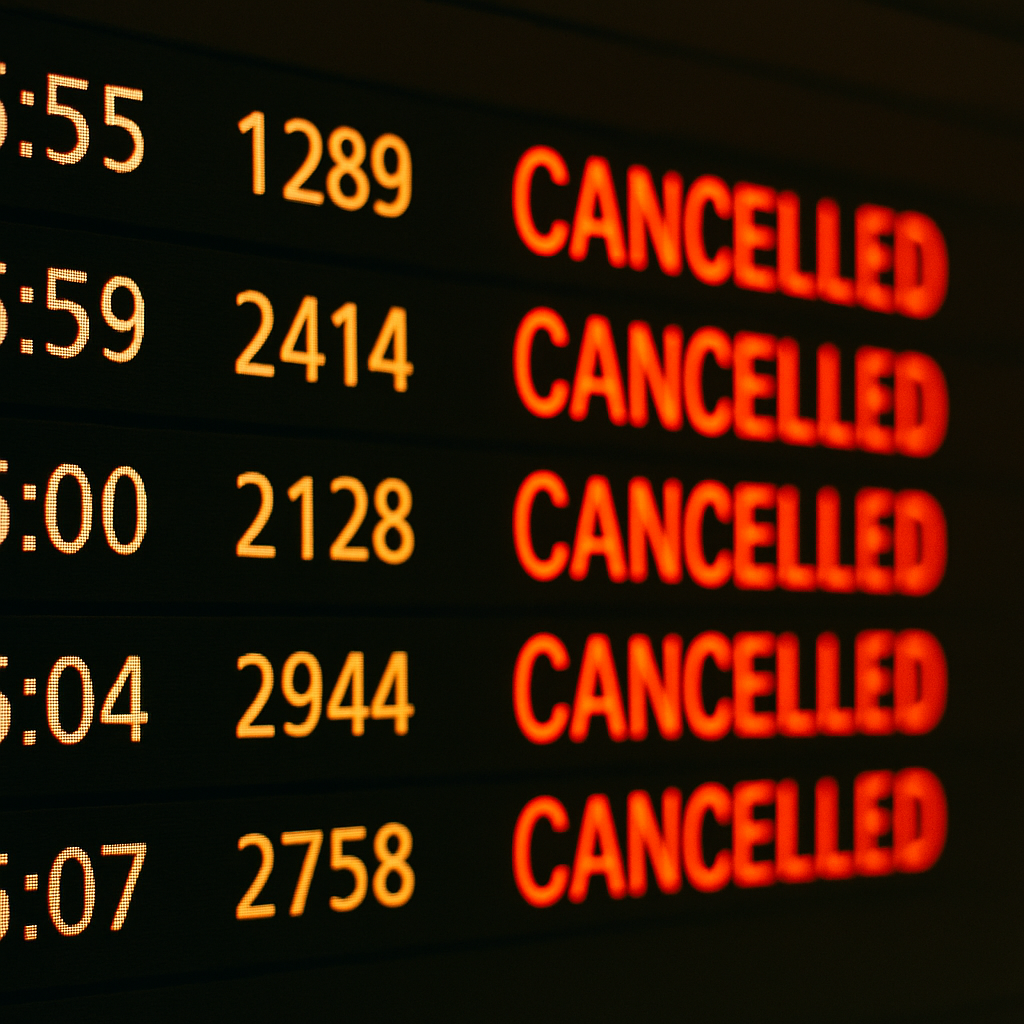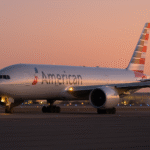In one of the most severe weather disruptions this summer, approximately 7,800 flights were delayed or cancelled across the United States as storms swept through the nation’s busiest air corridors. Major airlines including American, Delta, United, JetBlue, Southwest, Air Canada, AeroMéxico, WestJet, and others scrambled to cope with the unfolding crisis, which affected over 30 major airports from coast to coast.
Airports such as Charlotte Douglas International (CLT), John F. Kennedy (JFK), Hartsfield-Jackson Atlanta (ATL), Dallas-Fort Worth (DFW), and Los Angeles International (LAX) were hit hardest. The Federal Aviation Administration (FAA) implemented multiple ground stops throughout the day on July 1, 2025, as thunderstorms brought intense lightning, wind gusts, and reduced visibility, forcing a cascade of operational delays.
Airlines in Crisis Mode as Weather Grounds Crews and Planes
Delta Air Lines reported over 300 delays and 60 cancellations at hubs like Atlanta and Detroit. American Airlines struggled to maintain its schedule at Charlotte and Dallas, with nearly 300 disruptions. JetBlue faced cancellations exceeding 150 at JFK, Boston, and Fort Lauderdale, while Southwest logged nearly 400 delays across its domestic network.
United Airlines, operating heavily through Chicago O’Hare, Newark, and Denver, recorded over 250 delays and dozens of cancellations. International carriers such as Lufthansa, British Airways, Qatar Airways, and Emirates also rerouted or delayed long-haul flights from affected airports.
Airport Breakdown: Where the Delays Were Worst
- Charlotte Douglas International Airport (CLT) saw 383 delays and 59 cancellations, with American Airlines and its affiliates PSA and Piedmont severely affected.
- JFK Airport (New York City) experienced 265 delays and 156 cancellations, grounding flights by JetBlue, Delta, and international airlines like British Airways.
- Hartsfield-Jackson Atlanta International Airport (ATL) led the nation with 409 delays and 76 cancellations, causing massive disruptions to Delta’s operations.
- Dallas-Fort Worth International Airport (DFW) logged 367 delays and 25 cancellations, mainly affecting American’s domestic and Latin American services.
- LaGuardia Airport (LGA) saw 288 delays and 254 cancellations, largely impacting short-haul regional carriers like Republic and Endeavor.
Terminals Overflow as Travelers Scramble
Passengers reported hours-long lines at rebooking counters and customer service desks. Terminal concourses across affected airports were overwhelmed as stranded travelers waited for updates. Airlines issued travel waivers and rebooking options, but with most flights running at peak summer capacity, passengers faced multiday delays.
At Reagan National Airport (DCA) in Washington, D.C., both delays and cancellations hit 237. In Boston Logan International Airport (BOS), 252 delays and 89 cancellations stranded thousands heading to Florida, Chicago, and Canada.
Regional and International Ripple Effect
Regional carriers like Republic, PSA, and Endeavor were disproportionately affected, especially in cities like Indianapolis, Pittsburgh, and Cleveland, where over 80% of cancellations were tied to these airlines. International connections also broke down, with missed transfers at JFK, Dulles, and LAX affecting Europe- and Asia-bound routes.
Even relatively calm airports like Phoenix Sky Harbor (PHX) and Denver International (DEN) experienced delays of 150–250 flights due to the domino effect of delayed aircraft arrivals.
FAA and Weather Authorities Warn of Continued Impact
The National Weather Service (NWS) issued severe storm warnings for parts of the Midwest and East Coast through July 3, 2025. The FAA followed with flow control advisories at ATL, JFK, and PHL, urging airlines to stagger departures and arrivals to avoid congestion.
Airlines advised all travelers over the next 48 hours to check flight status regularly, sign up for real-time SMS alerts, and arrive early for security and check-in amid heightened passenger volumes.
Summer Travel Under Pressure
With July Fourth holiday travel at its peak, the massive storm disruption couldn’t have come at a worse time. Industry analysts note that airline recovery may take several days, as repositioning aircraft and assigning rested crew amid rolling weather conditions remains complex.
Passengers looking to rebook are urged to explore secondary airports, flexible destinations, and off-peak hours to improve chances of alternate flights.
For more travel news like this, keep reading Global Travel Wire




